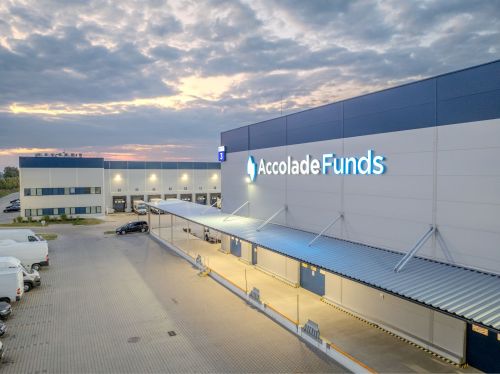How long have you been cycling? Do you know how many bikes you’ve ridden since then?
Walter Oostelbos, the Dutch deputy head of mission: Well, this may reveal something about my age… I think I was five years old when I got my first bike, so it was 58 years ago. I don’t know how many bikes I’ve had, but at the moment I have four: two in the Netherlands, a racing bike and a city bike, and two here - a city bike (which I bought here, as a “Dutch bike”) and a mountain bike. In the Netherlands we have more bicycles than people – 17 mln citizens and 24 mln bikes.
Do you cycle in Warsaw often?
I use my bike every single day. At weekends I cycle all over Warsaw and around the city, and I also visit other towns in Poland. I put photos of these trips on my Instagram page, together with their context. I wouldn’t have seen half these places if I wasn’t a cyclist. Without my bike, I don’t know if I would have been able to discover a































































